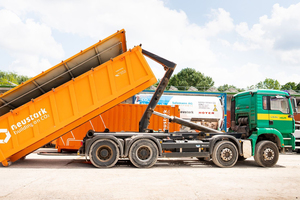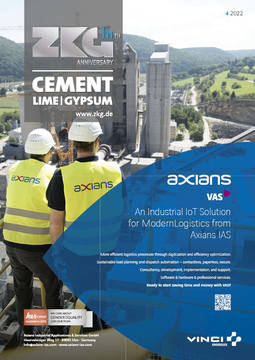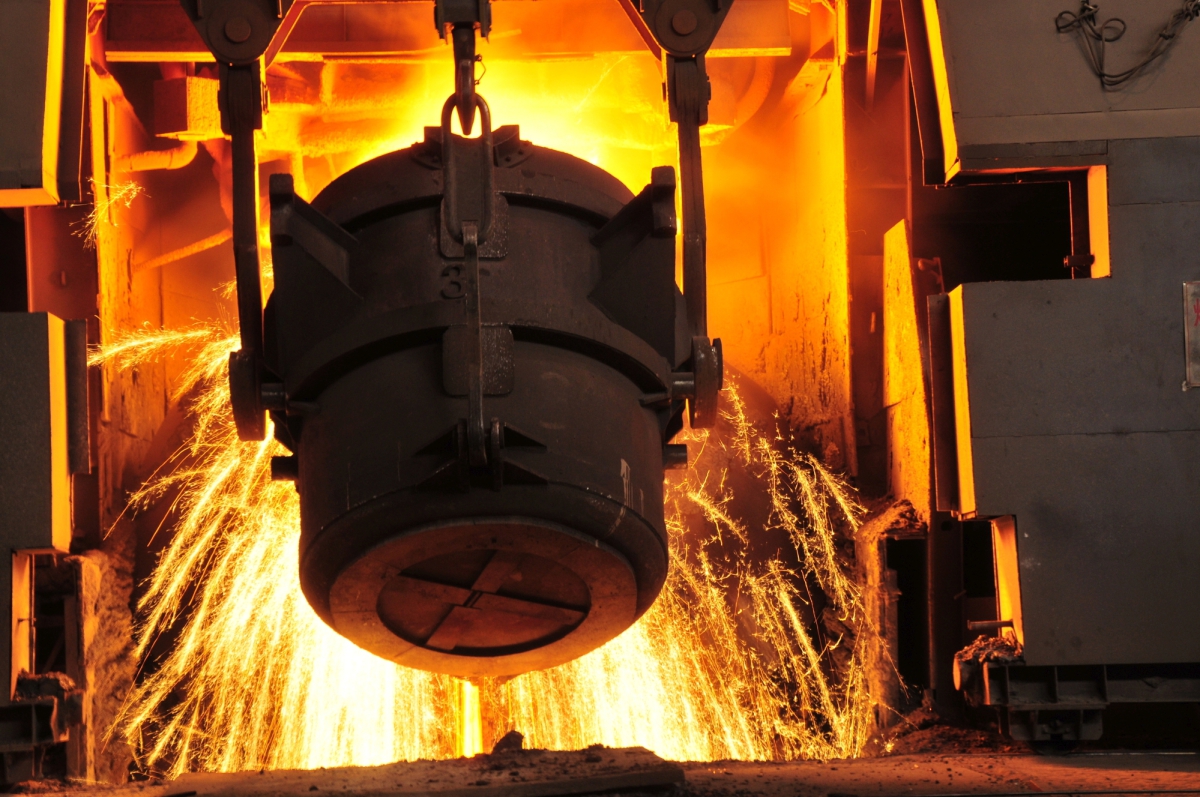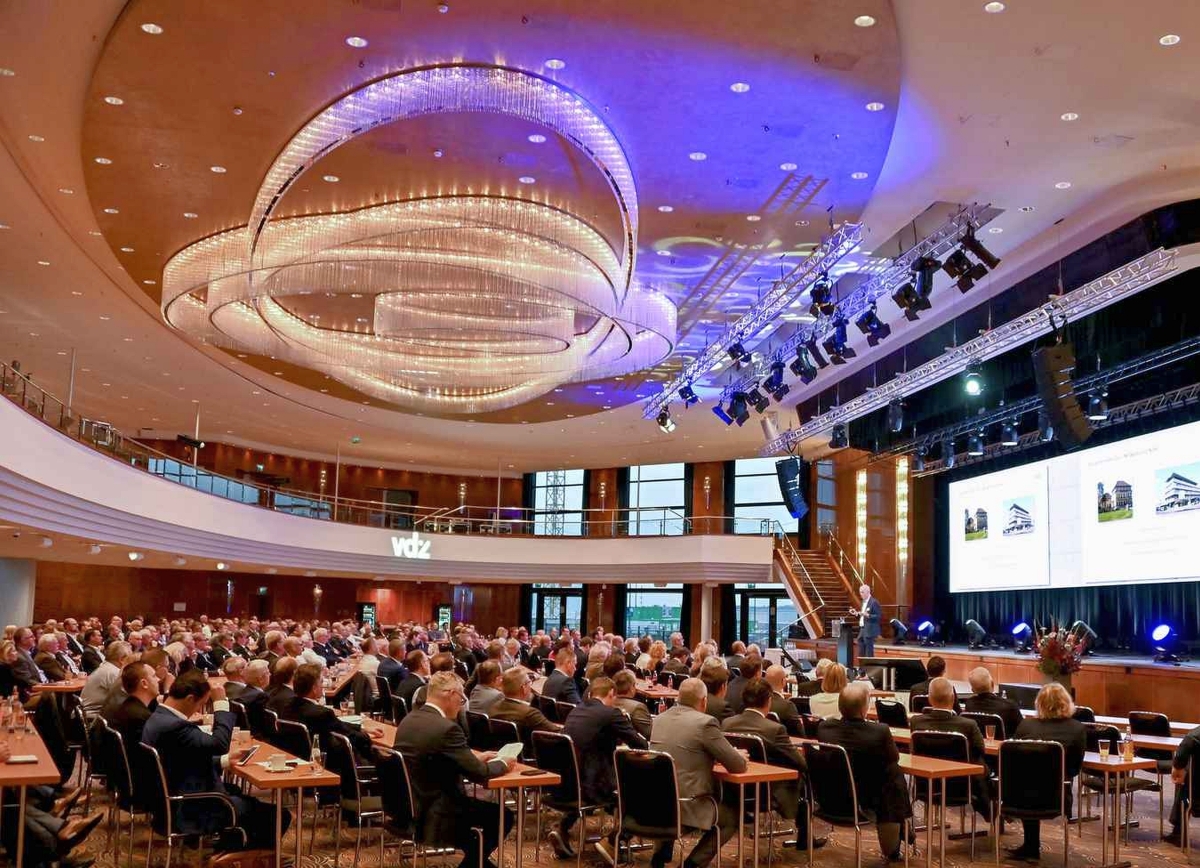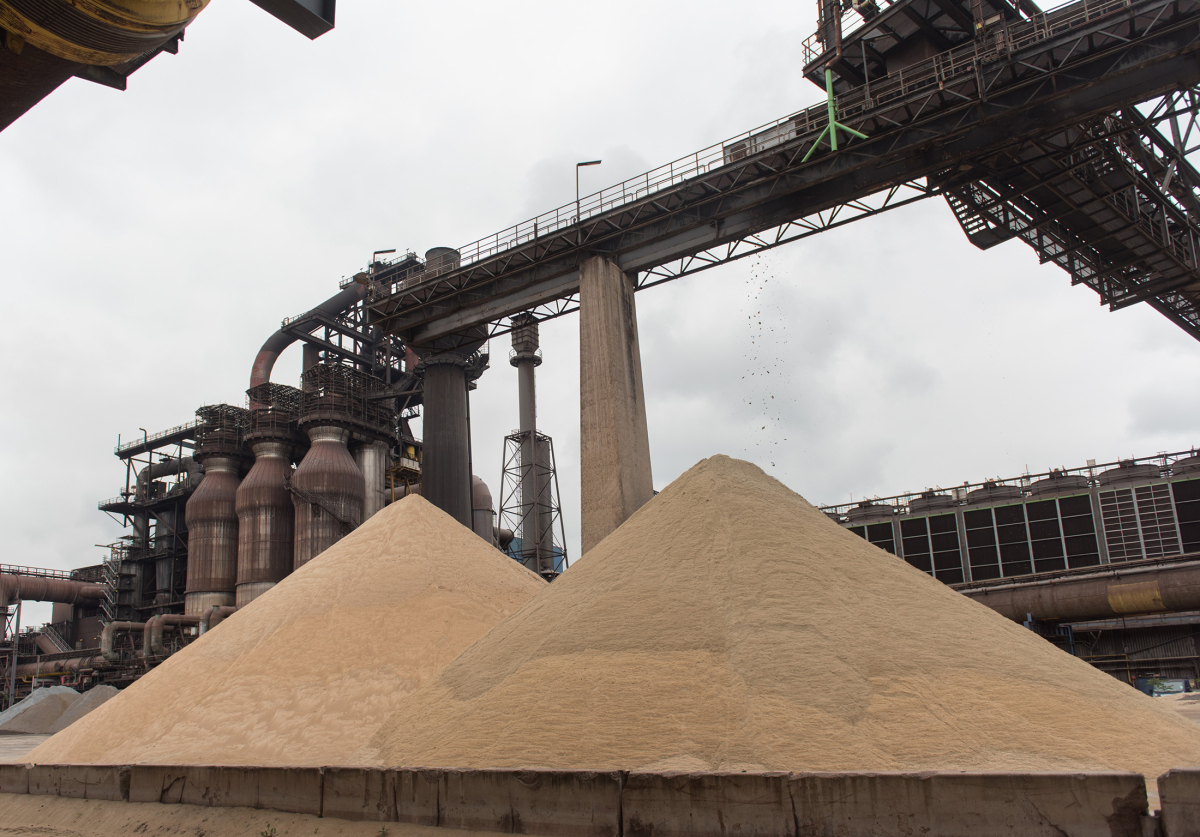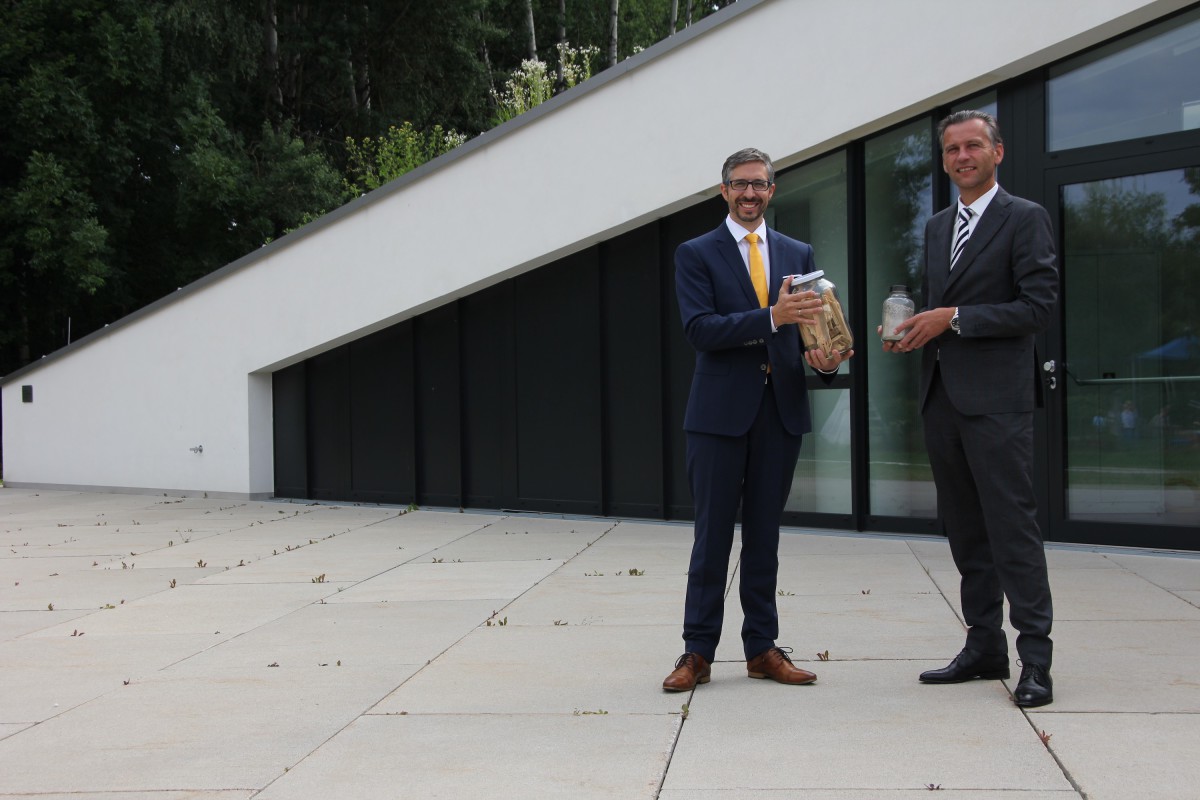More climate-friendly and resource-saving concrete in practical testing for the first time
In order to reduce the high greenhouse gas emissions and resource consumption in the construction sector, the state of Berlin is focusing on the use of sustainable building materials and circular construction in building construction. Resource-conserving concrete is a building material for which the use of raw materials from the material cycle (recycled aggregate) is both normatively regulated and already market-tested – it is already being used successfully in Berlin. Numerous pilot projects have been able to set important market impulses, which in the meantime have led ready-mix concrete plants in Berlin to include resource-saving concrete in their standard portfolio.
The company neustark has developed a novel process that stores CO2 in RC aggregate through so-called accelerated carbonation. This can further improve the climate balance of resource-saving concrete. The Senate Department for the Environment, Mobility, Consumer and Climate Protection (SenUMVK) has therefore initiated the “CORE (CO2-Reduced Concrete)” project together with the companies Heim Recycling, neustark, Berger Beton and ifeu Heidelberg, in which the neustark process is being piloted in the Berlin area. As part of this project, it has been possible to obtain certification and approval for an RC aggregate carbonated in Berlin as an aggregate for ready-mix concrete. Its use can reduce the climate impact of resource-saving concrete by up to 20%: If used across the board, this could save a total of around 90000 t of harmful greenhouse gases per year in Berlin.
This CO2-reduced, resource-saving concrete is now to be used for the first time – in compliance with all relevant standards – in the fall in a construction phase of the Friedenauer Höhe neighborhood development in Tempelhof-Schöneberg, a joint venture of OFB Projektentwicklung and Instone Real Estate. The aim is to prove that the CORE process passes the practical test and that environmental benefits can also be achieved in commercial operation. Further information on this pilot project can be found at: https://www.berlin.de/sen/uvk/umwelt/kreislaufwirtschaft/projekte/rc-beton/transportbeton.

